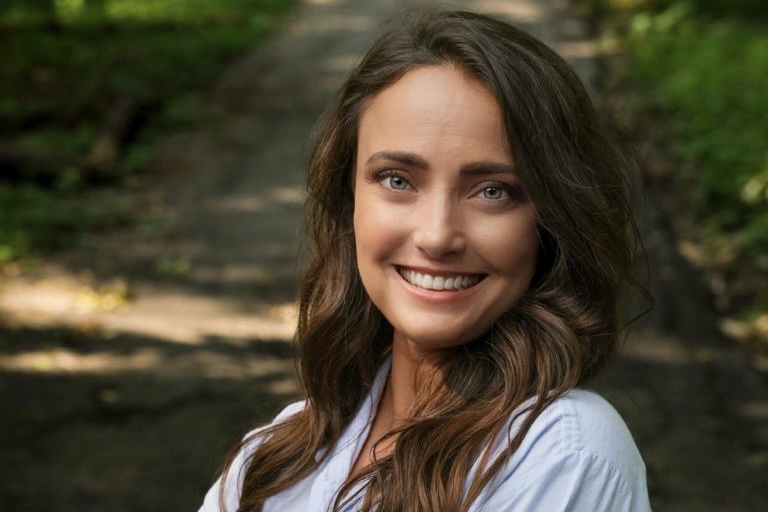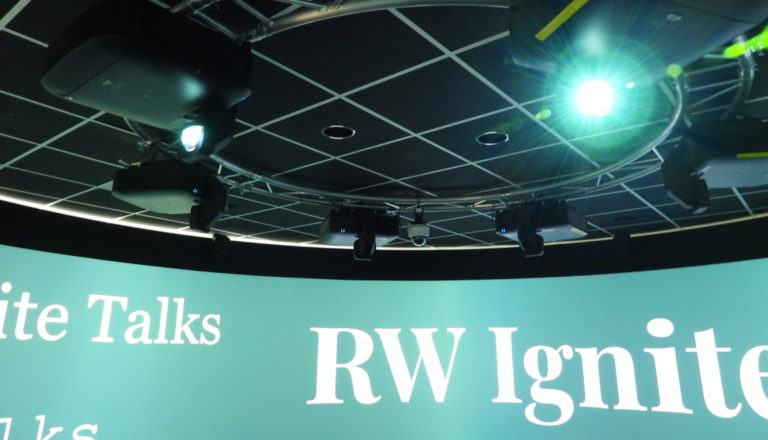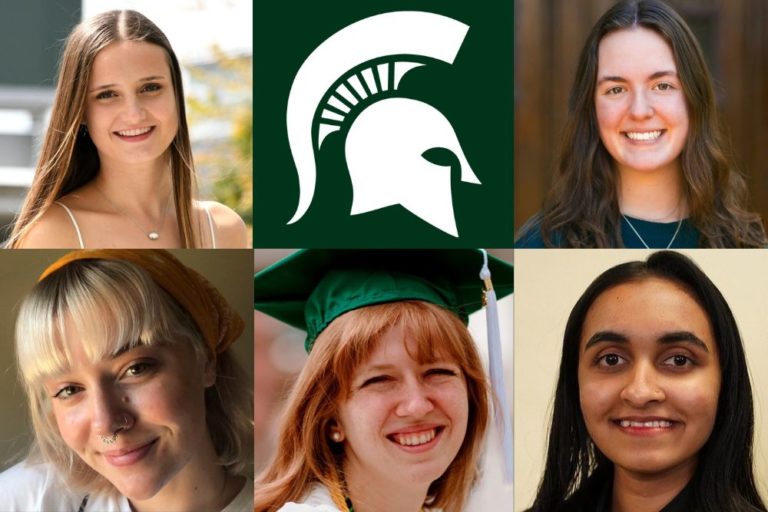Michigan State University has begun collecting art from around the world in an exploration of how people are using creativity in coping with the challenges and stresses of the COVID-19 pandemic.
Faculty members in the College of Arts & Letters received a $3 million grant from the Andrew W. Mellon Foundation’s Just Futures Initiative for the project, titled Creativity in the Time of COVID-19: Art as a Tool for Combating Inequity and Injustice. The goal of the project is to provide validation, comfort, and hope for all audiences by creating a community space to share collective stories of trauma, anger, and joy amid COVID-19 and how art can help chart a new path for healing and justice.
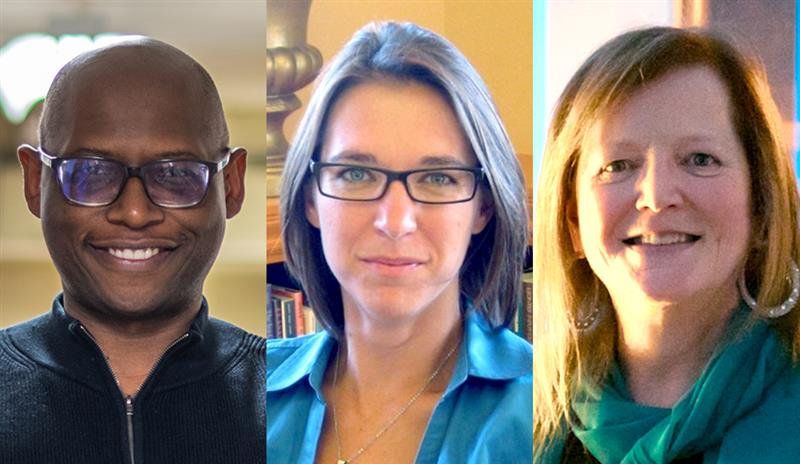
When students were asked to shelter in place last spring, two MSU professors encouraged their students to use creativity to process their emotions. They responded with efforts that expanded the definition of art to include gardening, cooking, and social media videos.
“At some point, each student hit a low, and the next day, they turned to art,” said Natalie Phillips, Associate Professor of English and co-principal investigator on the grant. “I did not expect this at all, and it made me so excited to see art helping them get through this difficult time. I thought, if this helped students here, what about the larger community nationally or even internationally?”
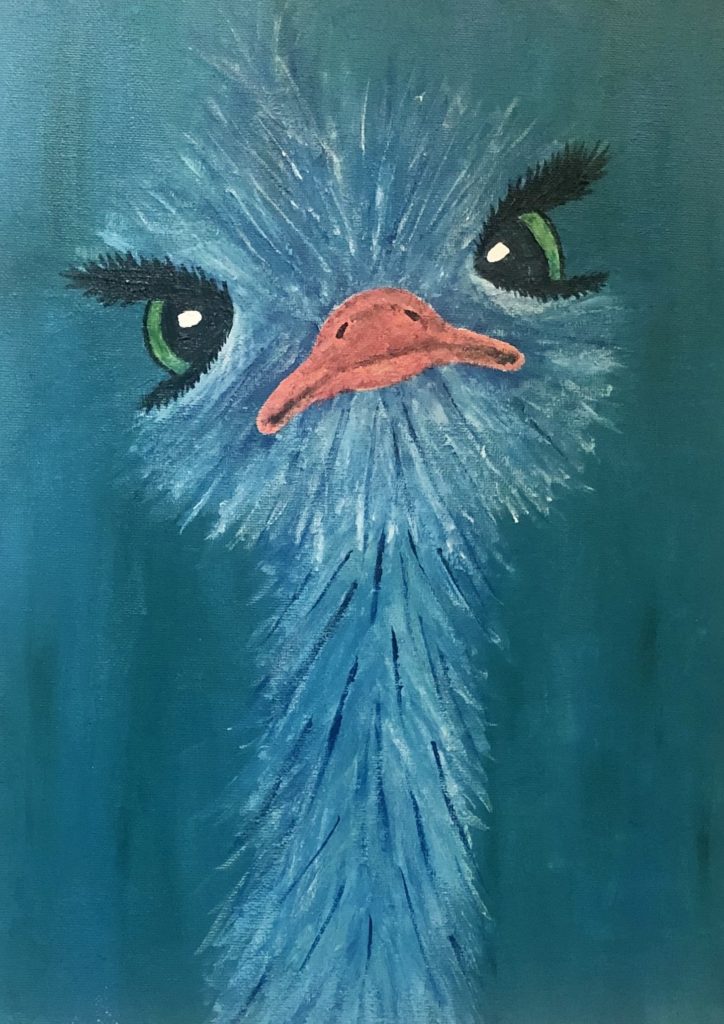
Works gathered across the globe will be featured in online and physical exhibits in Lansing, Michigan, and in satellite exhibits at the University of Buffalo; University of Washington, St. Louis; and the U.S. Air Force Academy. Through these exhibits, the professors hope to set a new standard for accessibility in museums, universities, and online resources by offering Braille, American Sign Language, audio-guided tours, and adjusted sensory environments.
“It made me so excited to see art helping them get through this difficult time. I thought, if this helped students here, what about the larger community nationally or even internationally?”
Natalie Phillips, Associate Professor of English
Over the next three years, Phillips, who is also the co-director of the Digital Humanities and Literary Cognition Lab; Nancy DeJoy, Associate Professor in the Department of Writing, Rhetoric, and American Cultures; and Julian Chambliss, Professor of English and Co-Director of the DHLC lab, will work with community partners to find and collect creative expressions from people who have been hardest hit during the pandemic.
“COVID isn’t treating everyone equally,” DeJoy said. “Being stuck at home is not the same for everyone.”
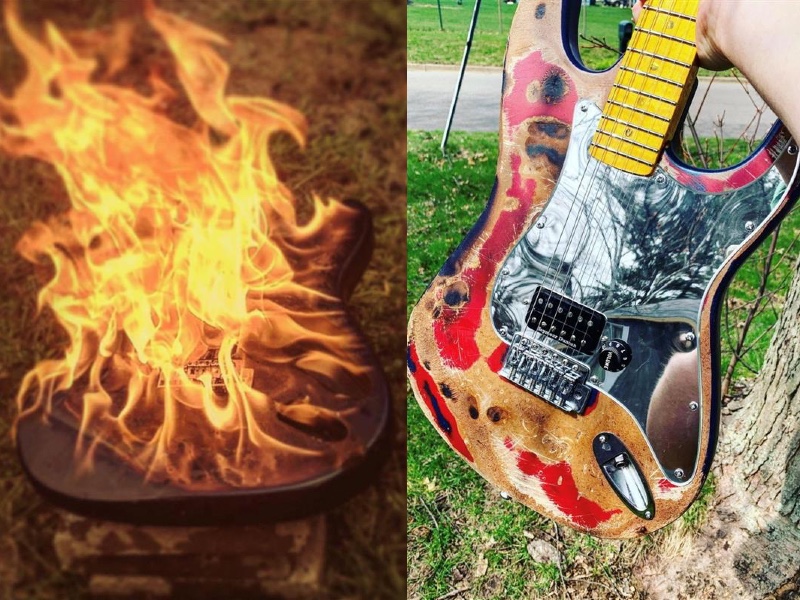
The research team will collect creative artifacts through a crowd-sourced survey and conduct follow-up interviews with the participating artists. Next, they will craft virtual and physical exhibitions in collaboration with a multidisciplinary team, with advocates focused on spreading and curating Creativity in the Time of COVID with a focus on racial diversity, LGBTQ+, immigrant and refugee populations, those of Native American and Indigenous descent, medical humanities, and individuals with disabilities or chronic health issues.
This project provided a unique opportunity in cataloging and preserving the creative submissions for the future. Hopefully, people will see a story in the exhibit that reflects their trauma during the pandemic in a meaningful way.
Julian Chambliss, Professor of English
Once the creative pieces have been collected, Chambliss, who is also the Val Berryman Curator of History at the MSU Museum, will create an online experience that complements the physical exhibit to preserve this pandemic art digitally.
“This project provided a unique opportunity in cataloging and preserving the creative submissions for the future,” Chambliss said. “Hopefully, people will see a story in the exhibit that reflects their trauma during the pandemic in a meaningful way. It falls to art to do things that we sometimes can’t do.”

DeJoy and Phillips found their students’ creative pursuits demonstrated they were coping with their everyday life in myriad ways.
Jordan Fitzpatrick, a recent Psychology graduate who was a student in Phillips’ Literature and Society (ENG 140) class during Spring 2020 and who worked for MSU’s custodial services, painted brightly colored birds after spending days disinfecting, cleaning, and sanitizing various public spaces on campus due to the pandemic.
Poetry was a great way to express my emotions while capturing what was occurring at that time. Prior to COVID, I hadn’t really written anything creative, let alone poetry. However, something about the lack of in-person social interaction inspired me to create.
Raisa Morisson, recent B.A. in English graduate
Colin Jankowski, a Journalism major who also was a student in Phillips’ Literature and Society class, rebuilt a guitar he had previously set on fire as a way of dealing with his emotions during the pandemic.
Kat Murray, an Education major and student in Phillips’ class and a cancer survivor, found her voice during the pandemic by creating protest signs for a local Black Lives Matter march.
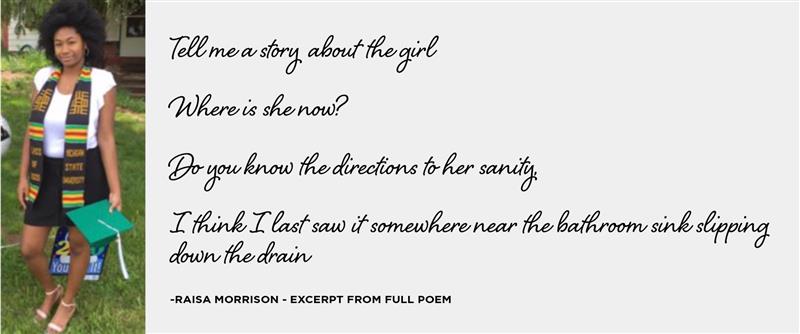
In considering art’s power for social change during the pandemic, Phillips and DeJoy took inspiration from this last stanza of a poem written by Raisa Morisson, a student in Phillips’ Literature and Society class and who has since graduated with a degree in English:
Tell me about them all
Collect their stories for me and sprinkle them in my coffee
So, I can stay awake during the nightly news
Turn off the timer, turn off the television, turn on the truth.
Tell me a story
“Creative writing allowed me to regain control and granted a form of escapism during the crisis,” Morisson said. “Additionally, poetry was a great way to express my emotions while capturing what was occurring at that time. Prior to COVID, I hadn’t really written anything creative, let alone poetry. However, something about the lack of in-person social interaction inspired me to create.”
“We want to feature work from people who are feeling the effects of the pandemic disproportionately and are using creativity to respond in a variety of ways. We must make public spaces for these voices if we are to tell the full story of the pandemic and the inequities and structures of social injustice it exposes.”
Nancy DeJoy, Associate Professor in the Department of Writing, Rhetoric and American Cultures
The Creativity in the Time of COVID-19 project aims to reframe the understanding of how people from every walk of life have found the courage to stand up, use their creativity, and face societal challenges.
“We want to feature work from people who are feeling the effects of the pandemic disproportionately and are using creativity to respond in a variety of ways,” DeJoy said. “We must make public spaces for these voices if we are to tell the full story of the pandemic and the inequities and structures of social injustice it exposes.”
Written by Kim Popiolek
